Today’s #kanji is 込, which is listed under the radical of #しんにょう(辶), which suggests something to do with coming and going. 込 is a is a combined ideograph …
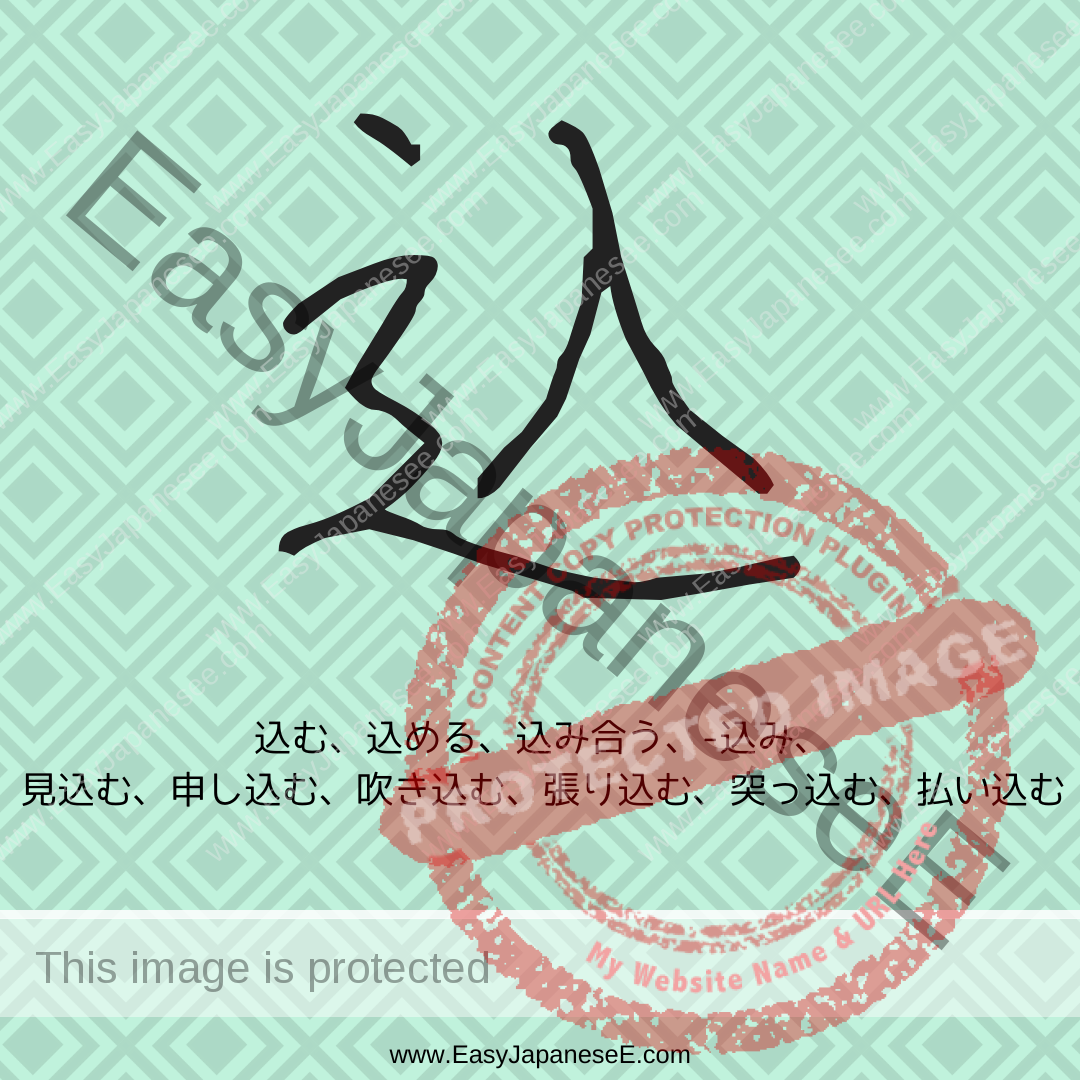

Today’s #kanji is 込, which is listed under the radical of #しんにょう(辶), which suggests something to do with coming and going. 込 is a is a combined ideograph …
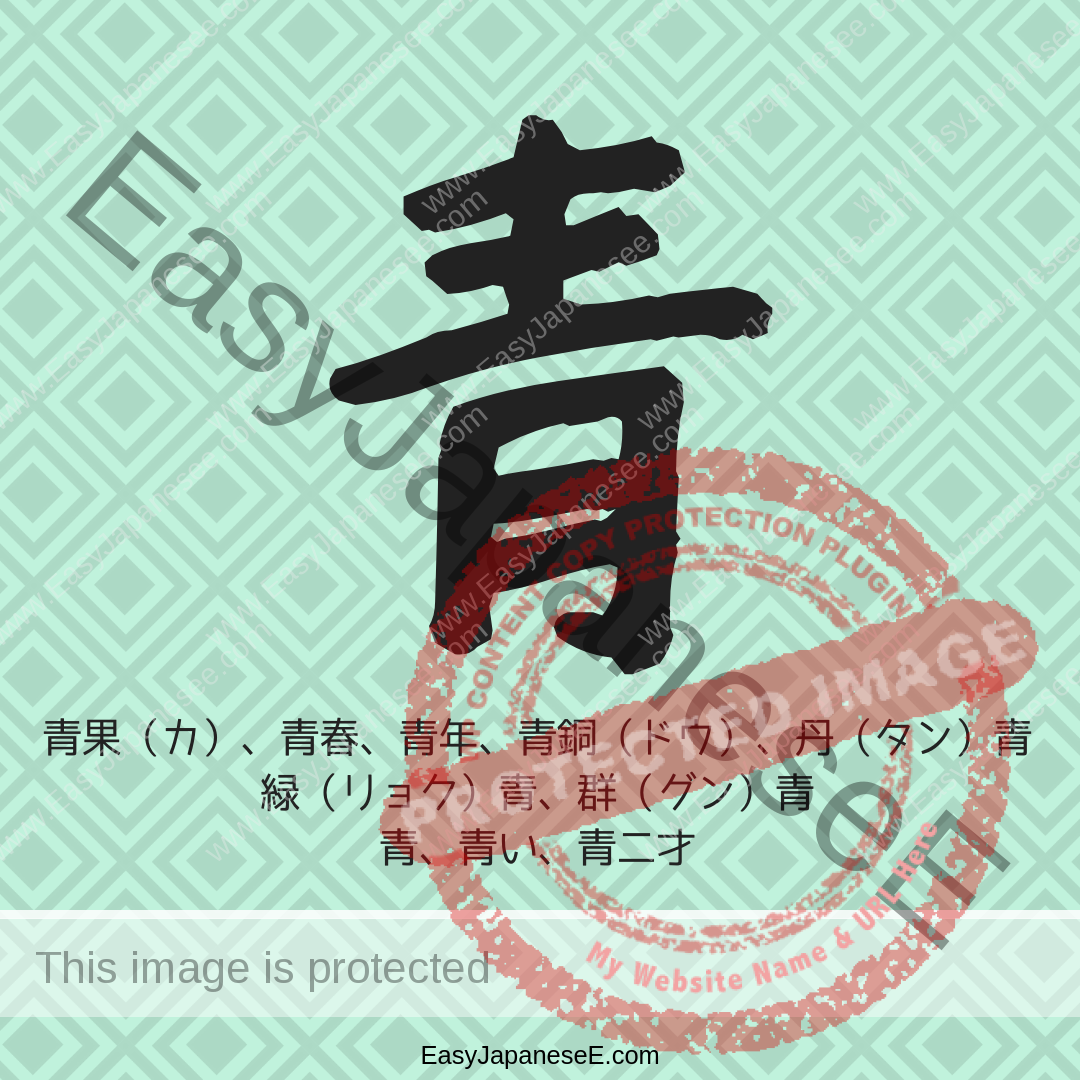
#青 is listed under the radical of 靑, which is the old form of this character 青. My dictionary lists…

This post explains how to call your own family, somebody else’s family and what word to use when you talk about your family.

Today’s set of similar sounding words are: かわい、かわいい and こわい I have heard many people mixing up かわいい (cute) and…

When we talk about more than 1 role of a person/item, we cannot use the particle と. Instead we should combine the 2 roles with で, the てform of です」/だ.
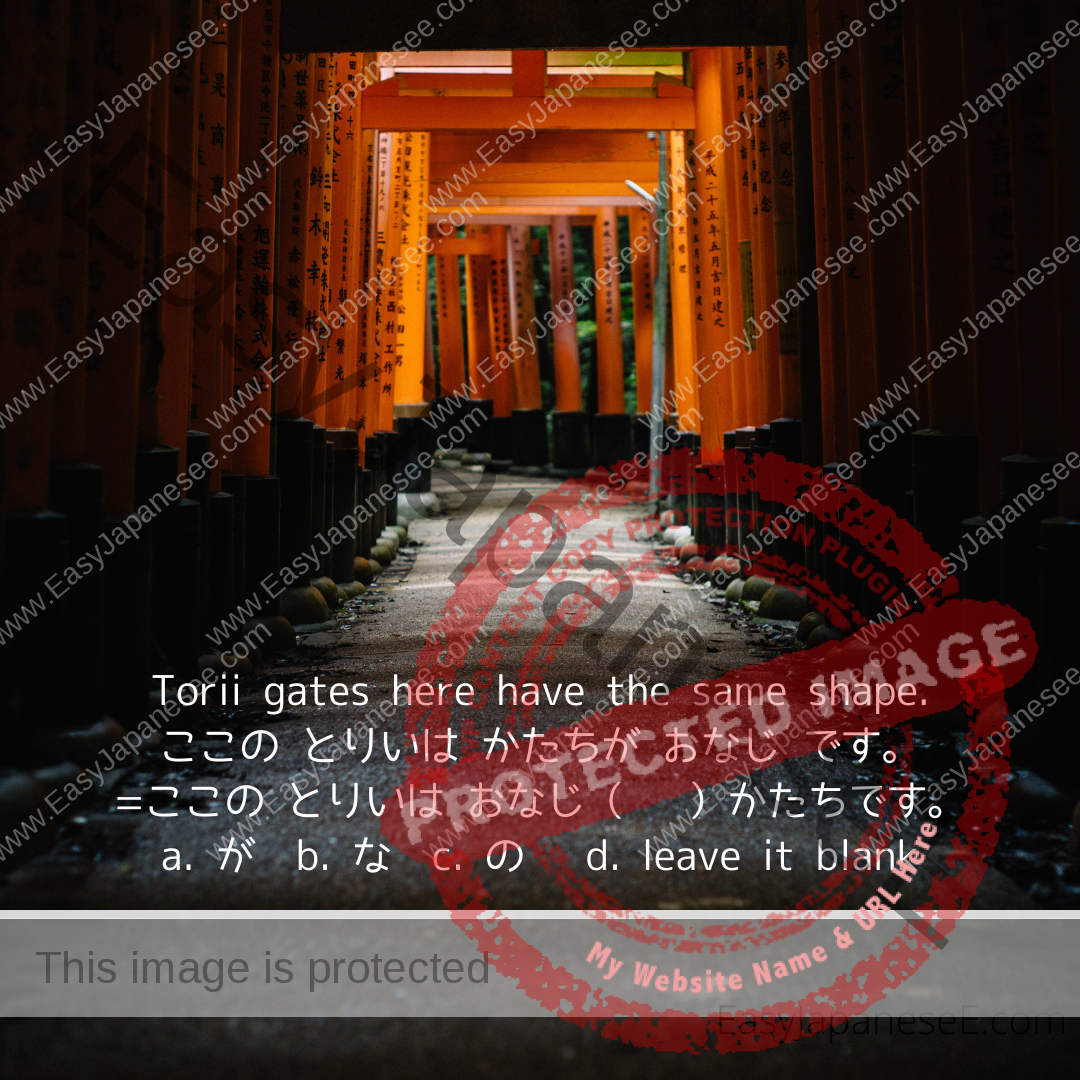
おなじ is a frequently used word meaning “the same” or “identical.” Native speakers use it very often but it does not get classified into parts of speech easily.

The particle から has a few meanings and beginners at JLPT N5 level need to remember at least 3. This is the one used after a てform verb. ~てから means “after ~, ..”
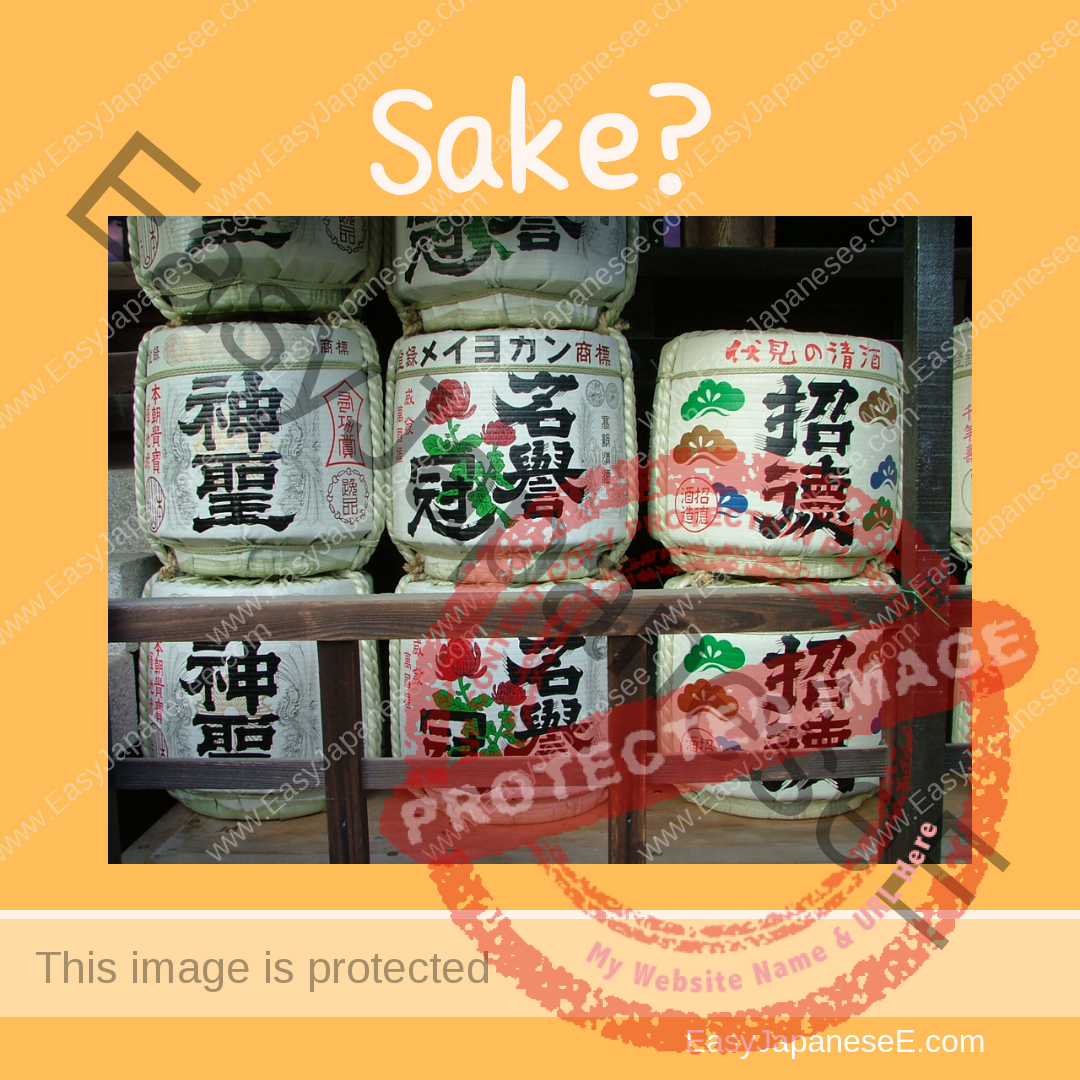
Sake is now a well-known term outside Japan but the usage is somewhat different in Japan. This post explains how as well as other terms related to sake drinking
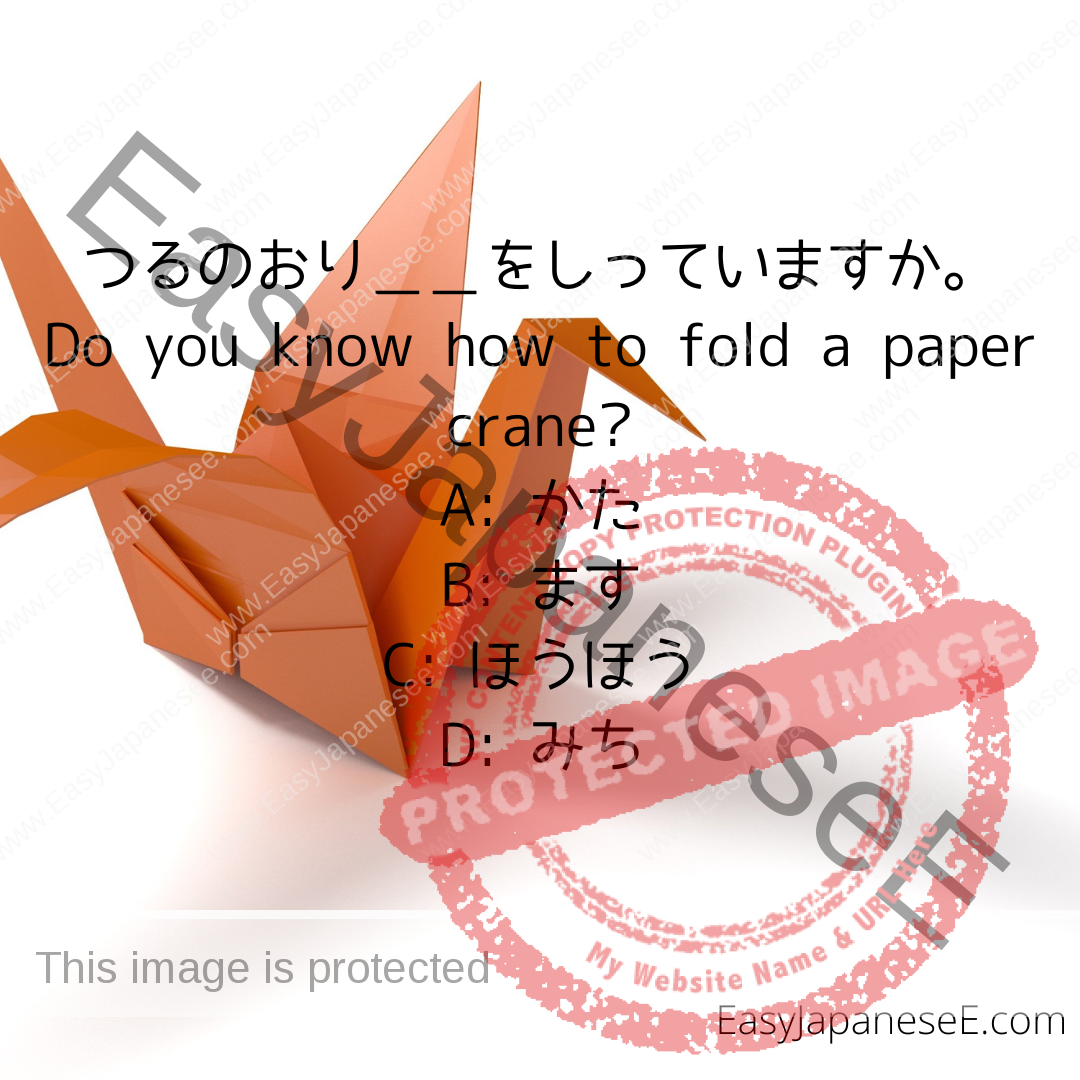
~かた means “how to ~” and it is used with a verb stem. You also need to remember the particle used before ~かた is always の,
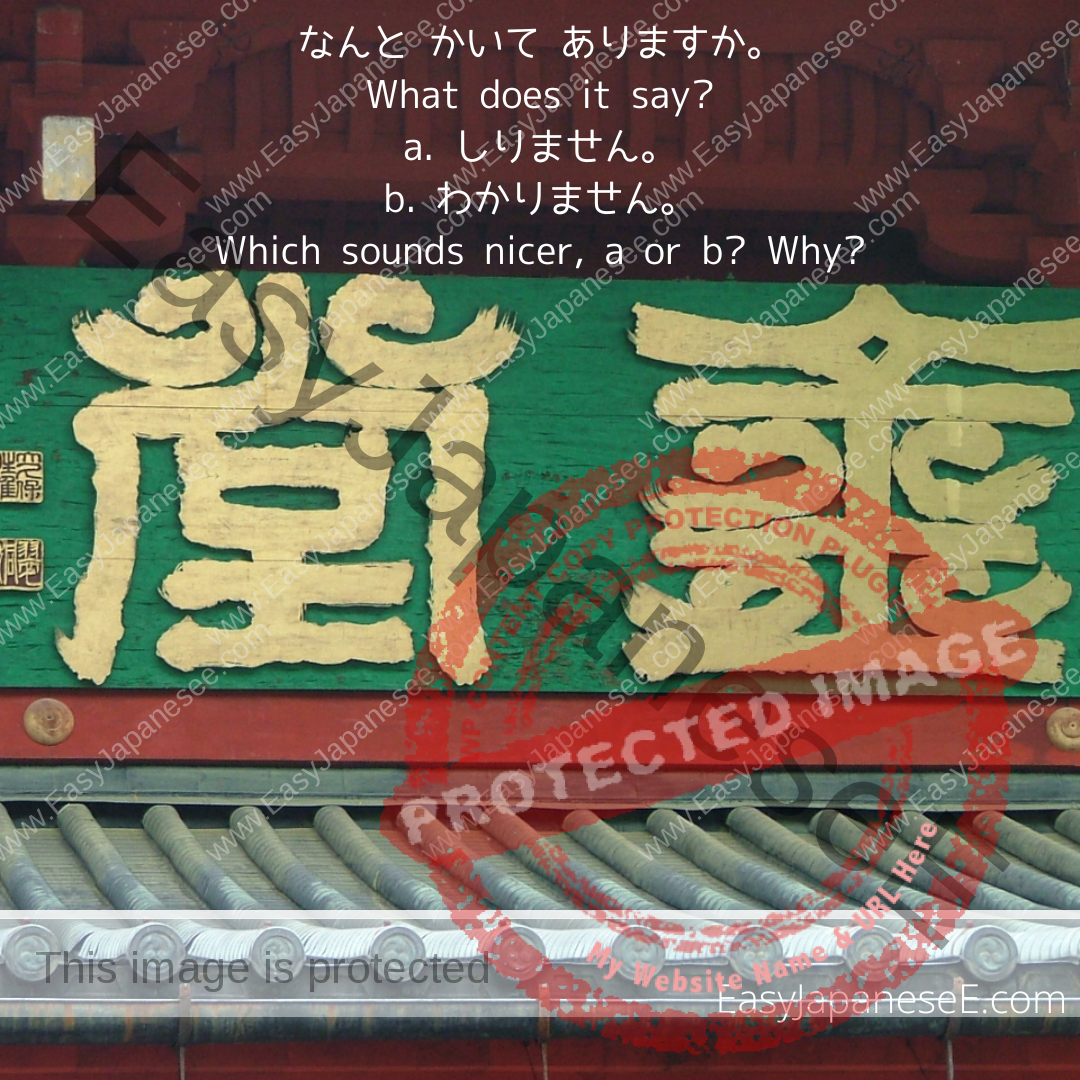
しりません is often believed to be the equivalent of “I don’t know” in English, but しりません doesn’t get perceived very well. This is why.

This post explains when 青い (adjective) and 青の (noun + の) are interchangeable or not. The same rule applies to all colour いadjectives.

そして, それから and それで all can be used at the beginning of a sentence and can mean “and” but the nuances are different. This post explains the differences.

~とき is used like the English “when ~” but depending on what comes before とき, the nuance changes. This post explains how.
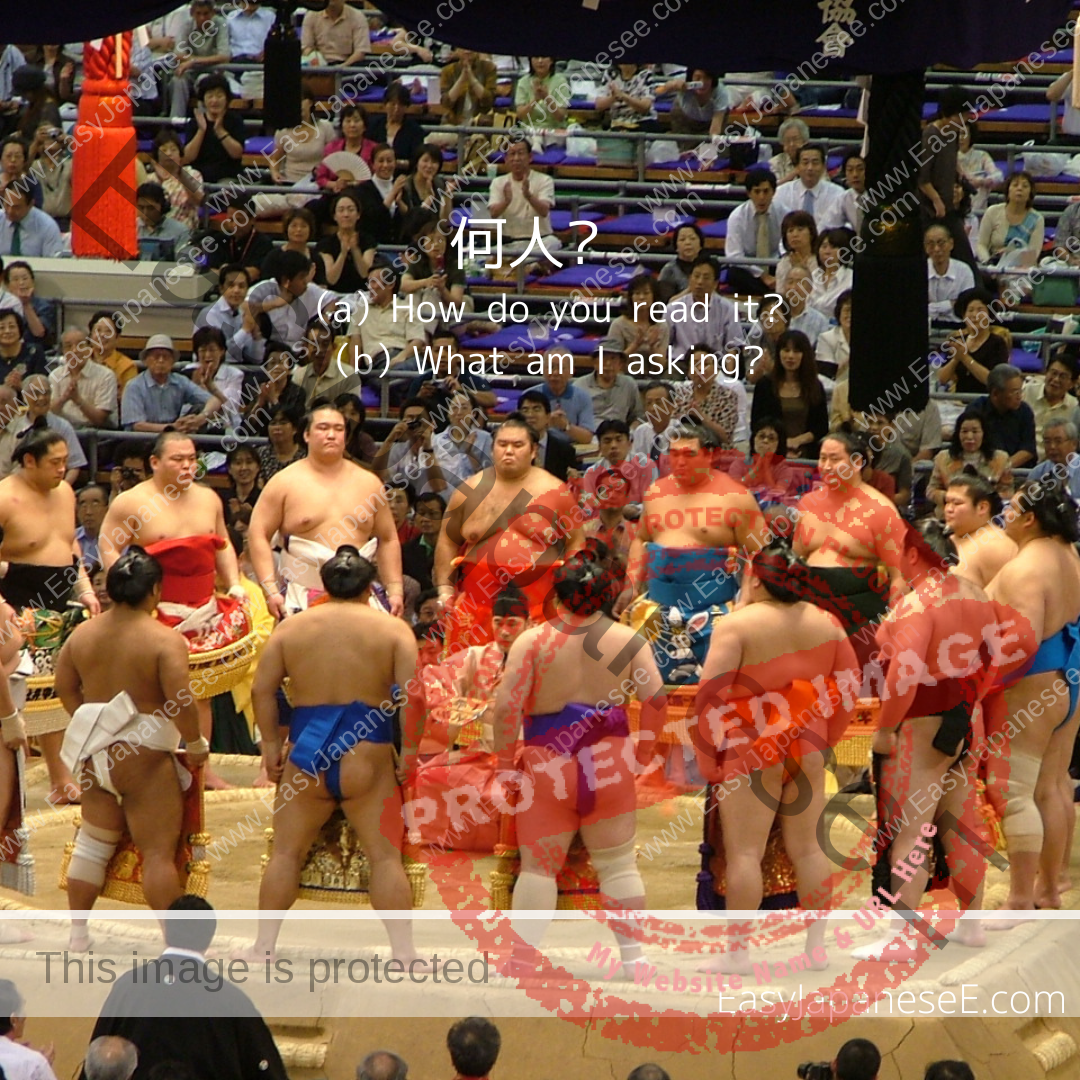
何 meaning “what?” is sometimes pronounced なに and なん at other times. This post explains when to read なに and when to use なん.
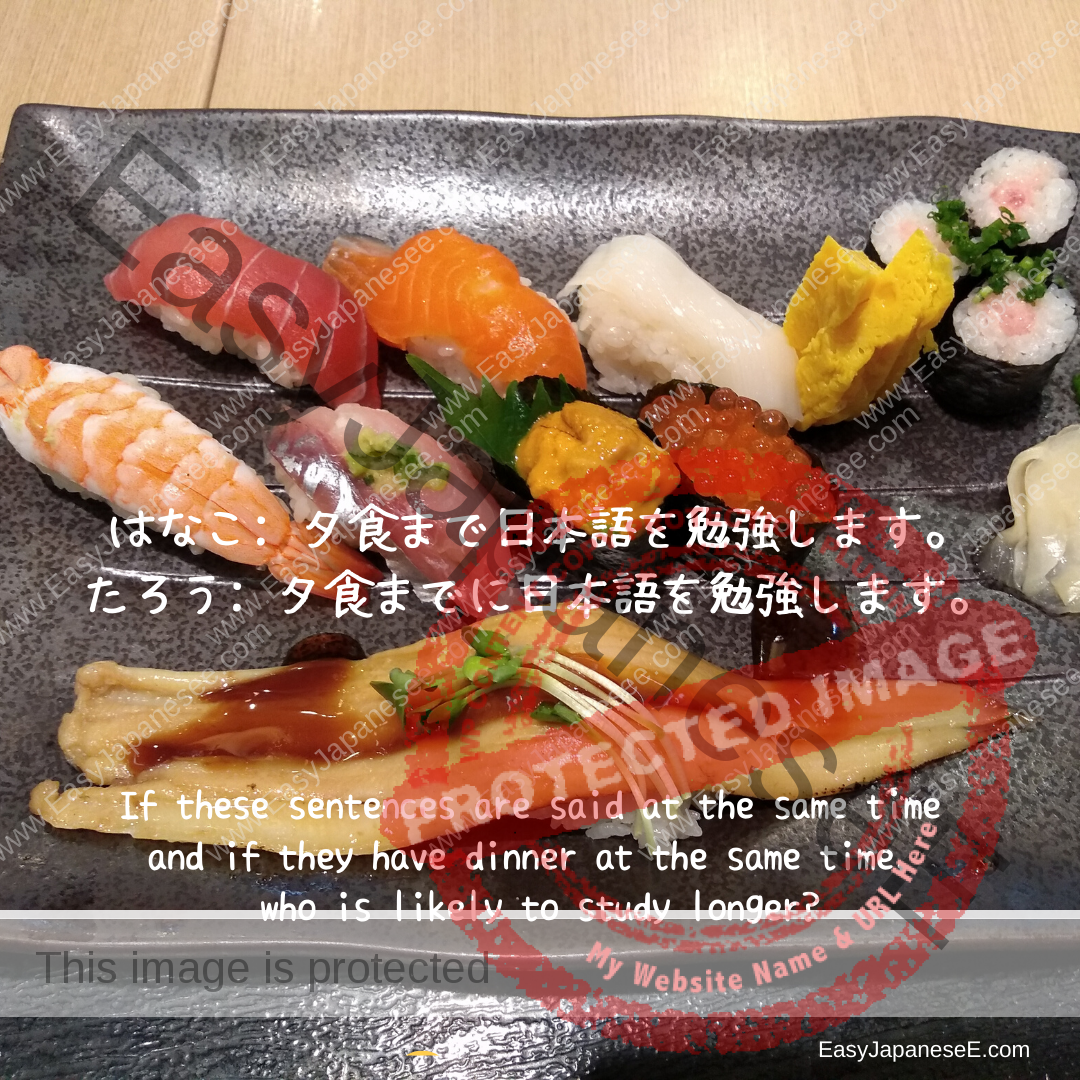
~まで and ~までに are both used with a time phrase and they look almost the same. However, their meanings have a rather large difference. Read the explanation here.

The English verb “to know” is usually translated as しっています in Japanese but the opposite, “not knowing” is NOT しっていません. This post explains why.
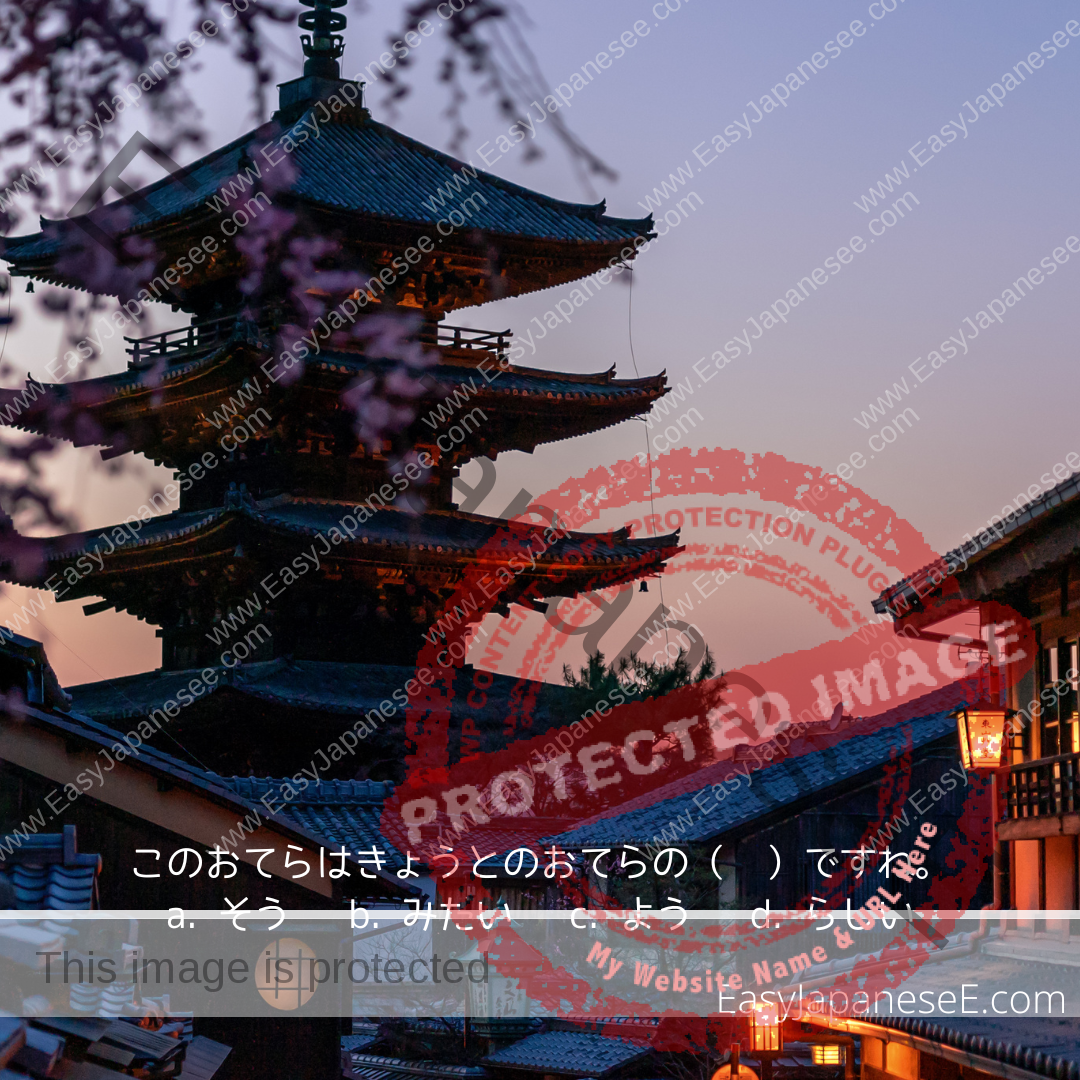
~ようです/~ようだ is equivalent of !It seems…” in English and is often used to soften the tone of a statement. Check how it’s used here.
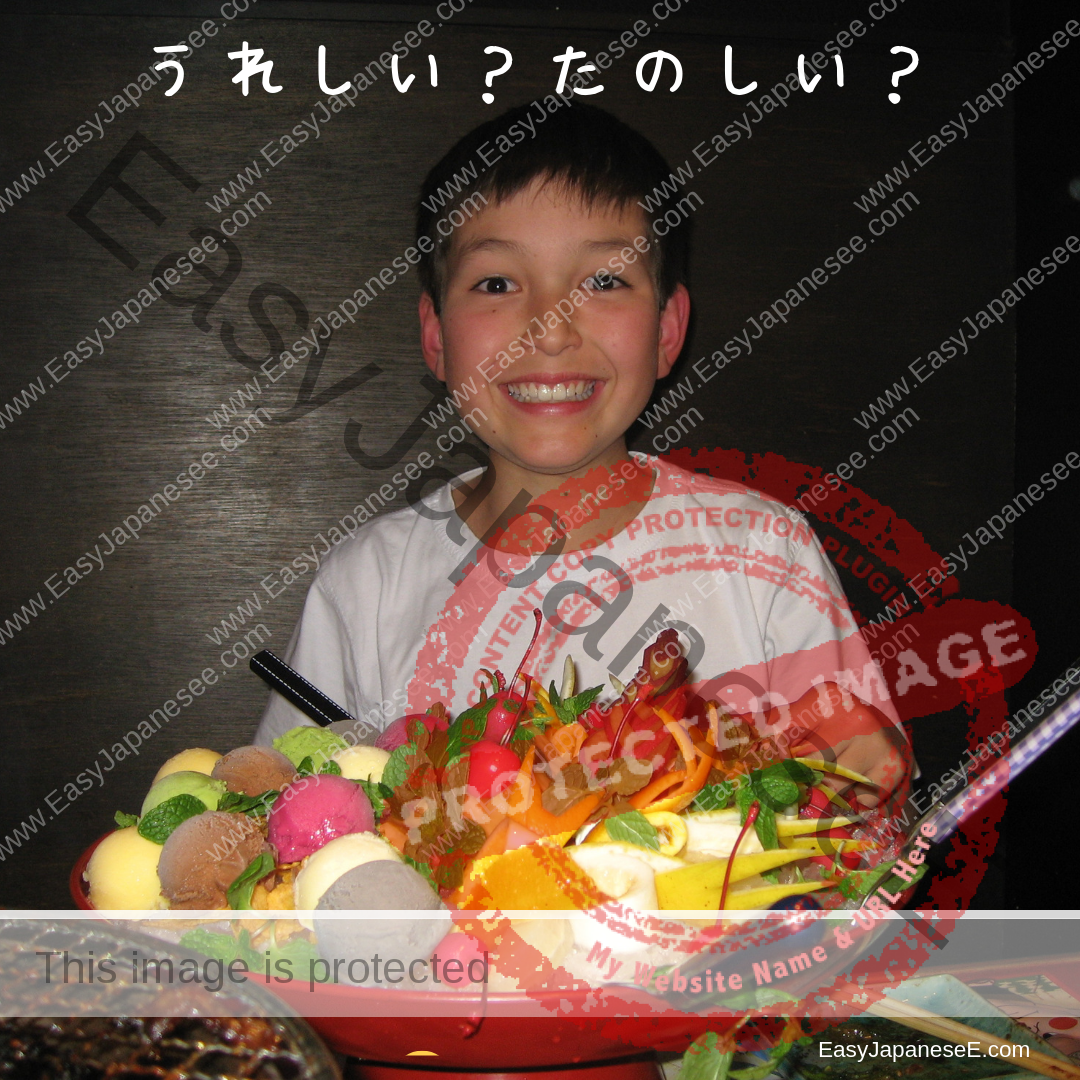
うれしい and たのしい can be used to describe a “happy” feeling, but they are not always interchangeable. This article explain the difference between the two.

Reading a #number in a foreign language can sometimes be tricky. This post explains how to read a temperature in Japanese.
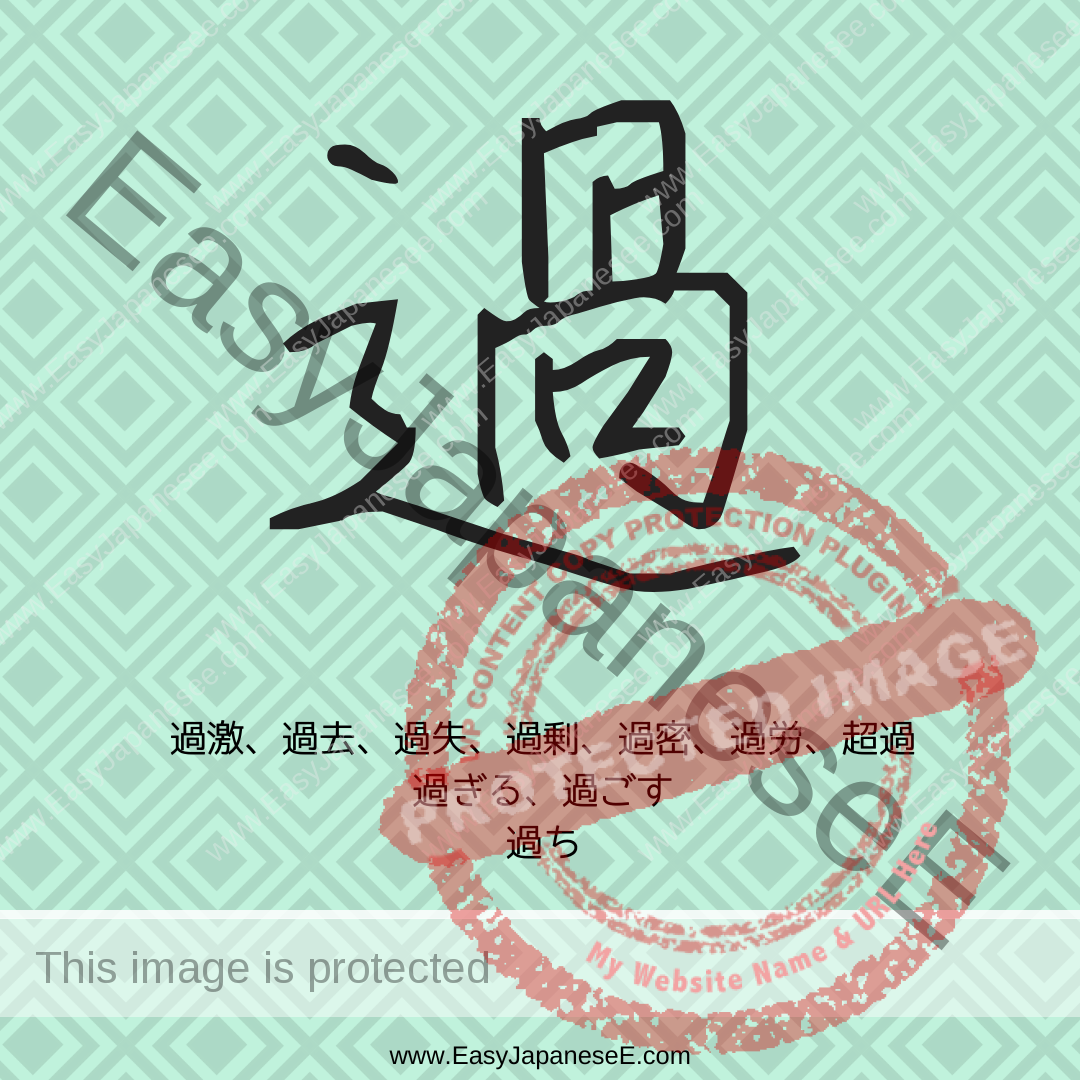
Today’s #kanji is 過, which is listed under its semantic element of #しんにょう(辶), coming and going. Its phonetic element is 咼, which has the meaning of “a lot.”
